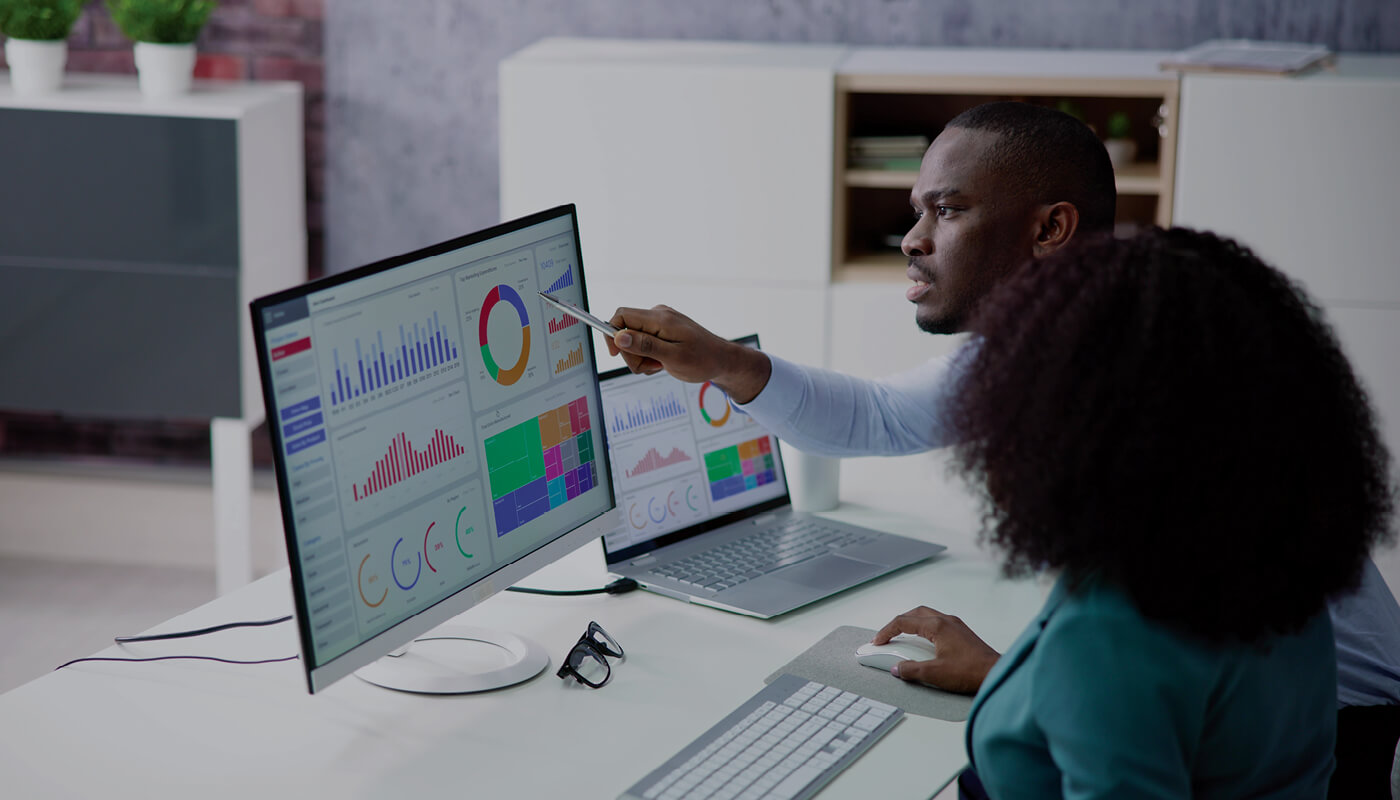Navigating the Dynamic World of Social Media Marketing in 2024
In today’s fast-paced digital existence, social media is more than just a communication tool, it’s a powerful marketing channel that can make or break a brand’s success. As a premier digital marketing agency, we understand the challenges businesses face in staying ahead of the curve. In this article, we’ll delve into the intricacies of social media strategies, demystify the difference between organic and paid approaches, and reveal why a harmonious blend of both is essential for achieving remarkable engagement and growth. Fasten your seatbelt as we embark on a journey through the ever-changing landscape of social media marketing.
Defining Organic Social Media
Organic social media refers to any activity on social platforms that occurs without paid promotion.
- Content Creation. When you post as your brand or page without boosting the post with advertising dollars, it’s considered organic. These posts reach some of your existing followers an, if they like or comment, their networks.
- Engagement. Organic actions include likes, comments, and shares on non-ad posts. When you engage with a business’s post in your news feed, and it doesn’t have the “Sponsored” tag, that interaction is organic.
- Authenticity. Organic content allows you to build authentic connections with your audience. It’s about sharing valuable information, telling your brand’s story, and fostering community. It’s all about giving something of value to your audience. Read more about “give versus ask” here.
Paid Social Media
Paid social media involves allocating advertising budgets to promote content. Key aspects of paid social media:
- Boosted Posts. Boosting organic posts by putting money behind them. This amplifies their reach beyond your existing followers.
- Targeted Ads. Creating ads optimized for specific objectives (e.g., clicks, conversions, lead generation). You can target these ads based on demographics, interests, and behaviors.
- Sponsored Content. Any post with the “Sponsored” tag is paid social media. Paid reactions (likes, shares) fall into this category.
Why Use Both?
Reach and Visibility
Organic posts connect with your existing audience, while paid efforts expand your reach to new users. Combining both ensures maximum visibility. On Instagram, the average organic reach rate (ORR) for posts – meaning the percentage of followers who see your content without paid advertising – is around 5%. (Social Status) If you need more visibility, organic posting won’t do it alone.
Precision Targeting
Paid social media allows precise audience targeting. You can reach specific demographics, interests, and behaviors that align with your goals.
Conversion Funnel
Organic content builds awareness and trust, while paid content drives conversions. A holistic approach covers all stages of the customer journey.
Algorithm Changes
Social media algorithms evolve. Relying solely on organic reach will limit your visibility, as we describe above. Paid efforts adapt to algorithm changes.
Industry Examples
Let’s see how this works in different sectors:
- Healthcare: An organic post about a new medical breakthrough can educate your existing followers. Simultaneously, targeted ads can reach potential patients interested in specific treatments related to the research, procedure, or area specialists.
- Travel: Share travel tips organically, but use paid ads to promote exclusive travel deals. Target adventure enthusiasts or luxury travelers based on their online behaviors, and lean into a higher frequency with creative remessaging. (If they see your ad once, you can ensure they see you a second, third, or fifth time.)
- Higher Education: Organic posts can showcase campus life and faculty expertise. Paid ads can target high school students interested in specific majors or programs.
Remember, a balanced approach – leveraging both organic and paid strategies – yields the best results. Organic builds relationships, while paid social media accelerates growth.


 Ad Choices
Ad Choices
